Residential Spray-Foam Roofing

foam
RESIDENTIAL
Spray foam (or Spray Polyurethan Foam – SPF) is an ideal roofing material for flat roofs, which are so common in the America Southwest, thanks in large part to the influence of the Spanish Colonial architectural style. Foam is a combination of two chemicals that is heated and fed through a spray gun. When applied, the mixture expands and tiny air bubbles are trapped within the foam, making it particularly effective at insulating the roof, both from heat and cold. Those air bubbles make SPF extremely energy efficient — studies have shown that foam roofing frequently produces energy savings of 30% or greater when compared to other roofing systems.
Residential Foam Roofing Advantages
- Excellent Sealant: Foam roofing puffs up and contours to vents, pipes and other protrusions through the roof, making it an effective sealant against heat, cold, wind and weather.
- Long Life: With proper maintenance, which is generally minimal, a foam roof can last 35 – 50 years.
- Insulating: With the proper coating, foam roofs reflect heat, thus reducing the amount of heat trapped in urban areas — an effect known as an urban heat island.
- Light Weight: Foam roofing is about one-eighth the weight of traditional roofing materials, allowing more flexibility in architectural design.
- Durable: With a tough top coat, a foam roof is extremely resilient and is able to resist all sorts of weather and storm damage.
- Cost Effective: Foam roofing is one of the least expensive alternatives for residential roofing application. It is also one of the easiest to apply thus reducing labor costs.
Foam roofing is highly energy efficient
Foam roofing offers amazing energy efficiency. One study at Texas A&M University looked at 27 buildings and found that the savings in energy costs over 4.5 years would pay for the cost of the roof installation. Another study by the Oakridge National Laboratories documented cooling and heating energy costs that were reduced by 50%.
Minimal maintenance required
Foam roofing requires infrequent maintenance checks and generally very little repair is needed. An inspection every five years or so should be satisfactory unless you suspect damage from hail or impact debris. If a foam roof is damaged, it should be repaired immediately by professional foam roofers to prevent leaks or other problems.

Residential Roofing Applications

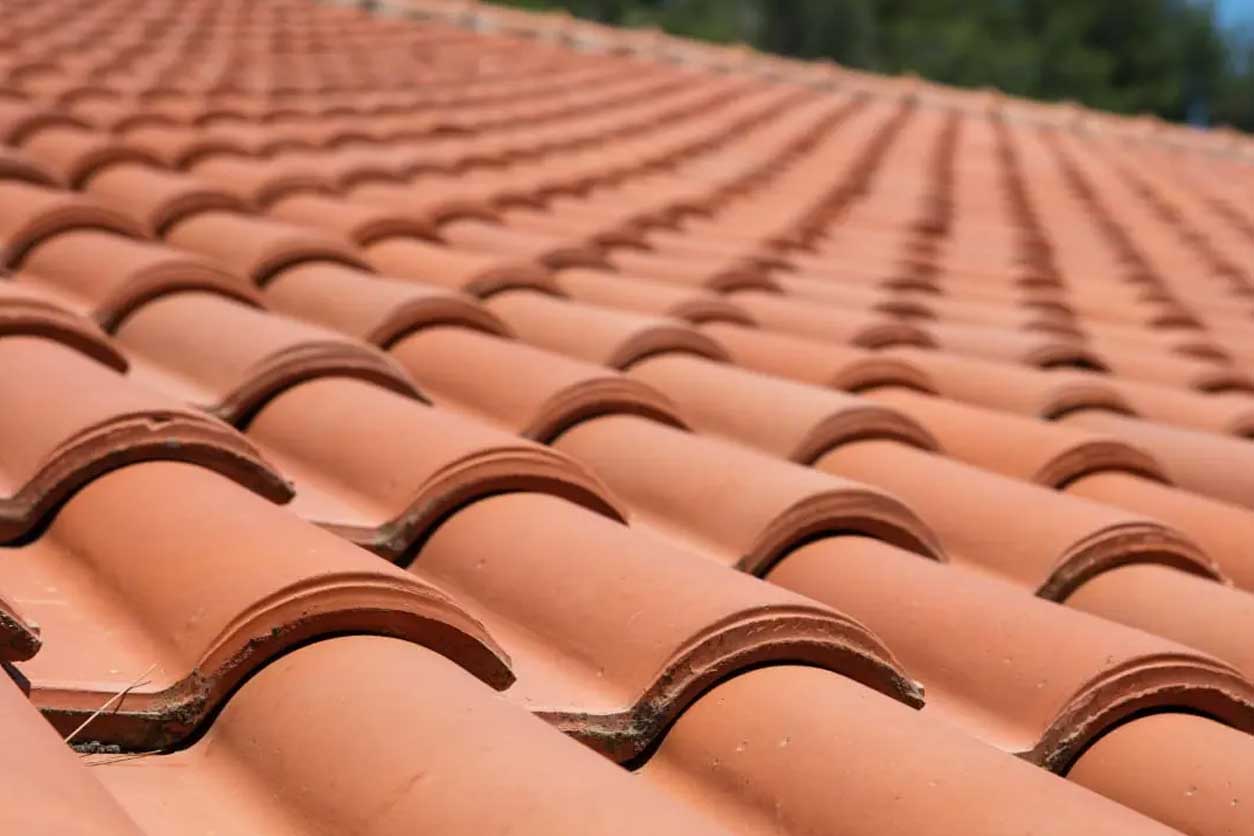
Tile
LEARN MORE
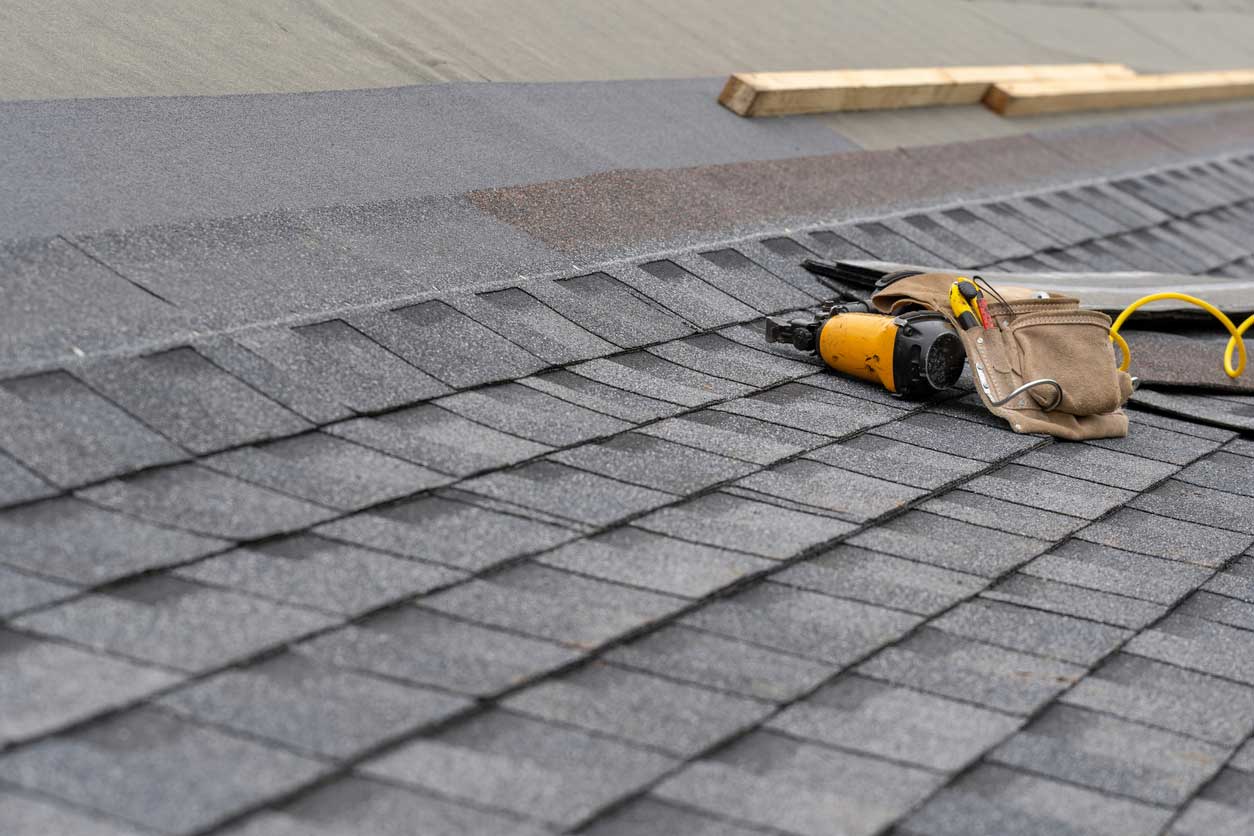
Shingle
LEARN MORE
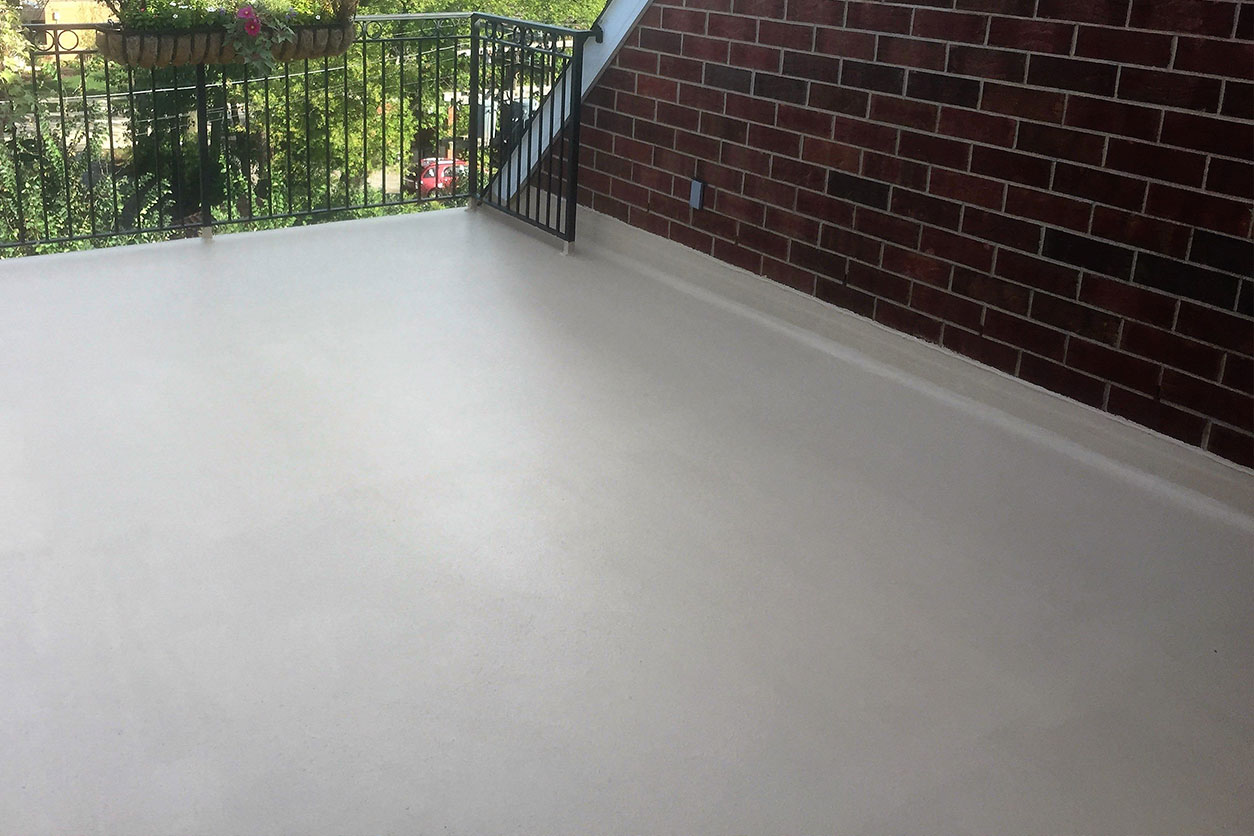
coatings
LEARN MORE

foam
LEARN MORE
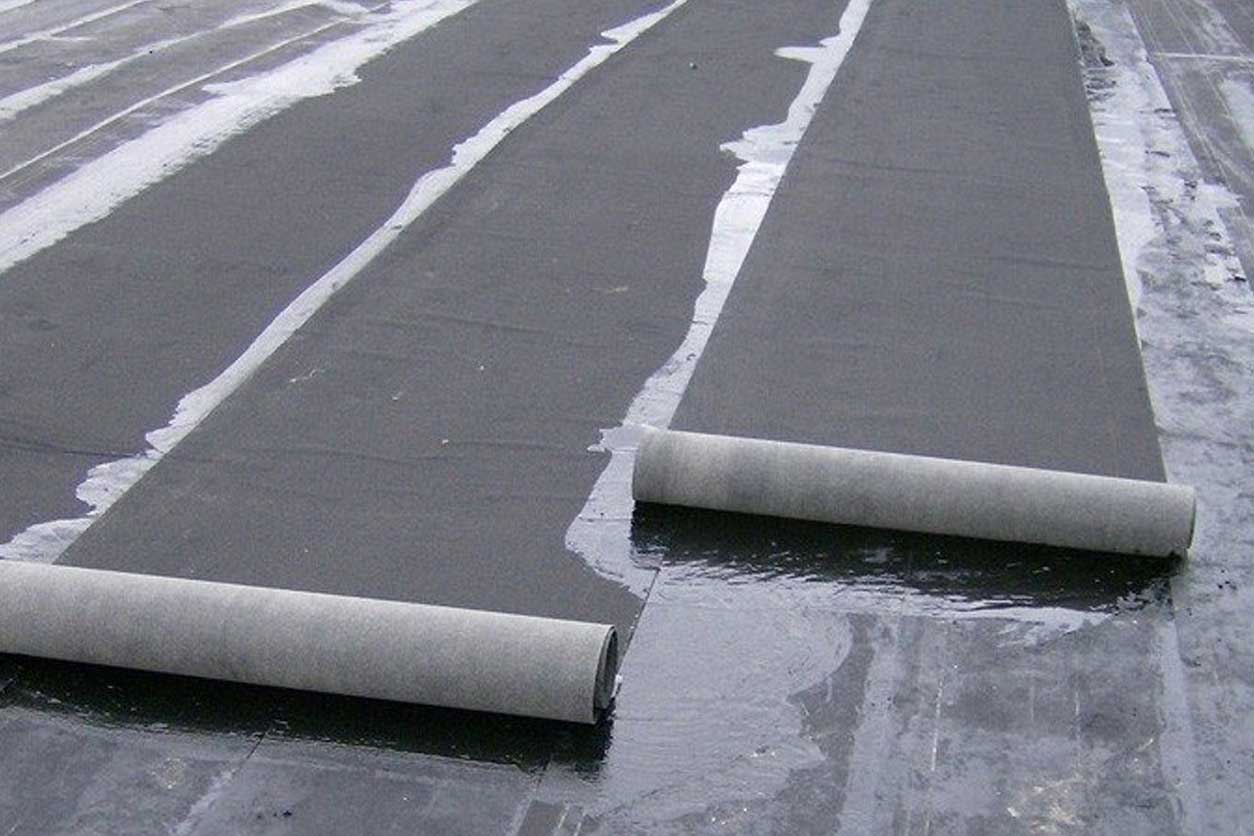
Modified bitumen
LEARN MORE
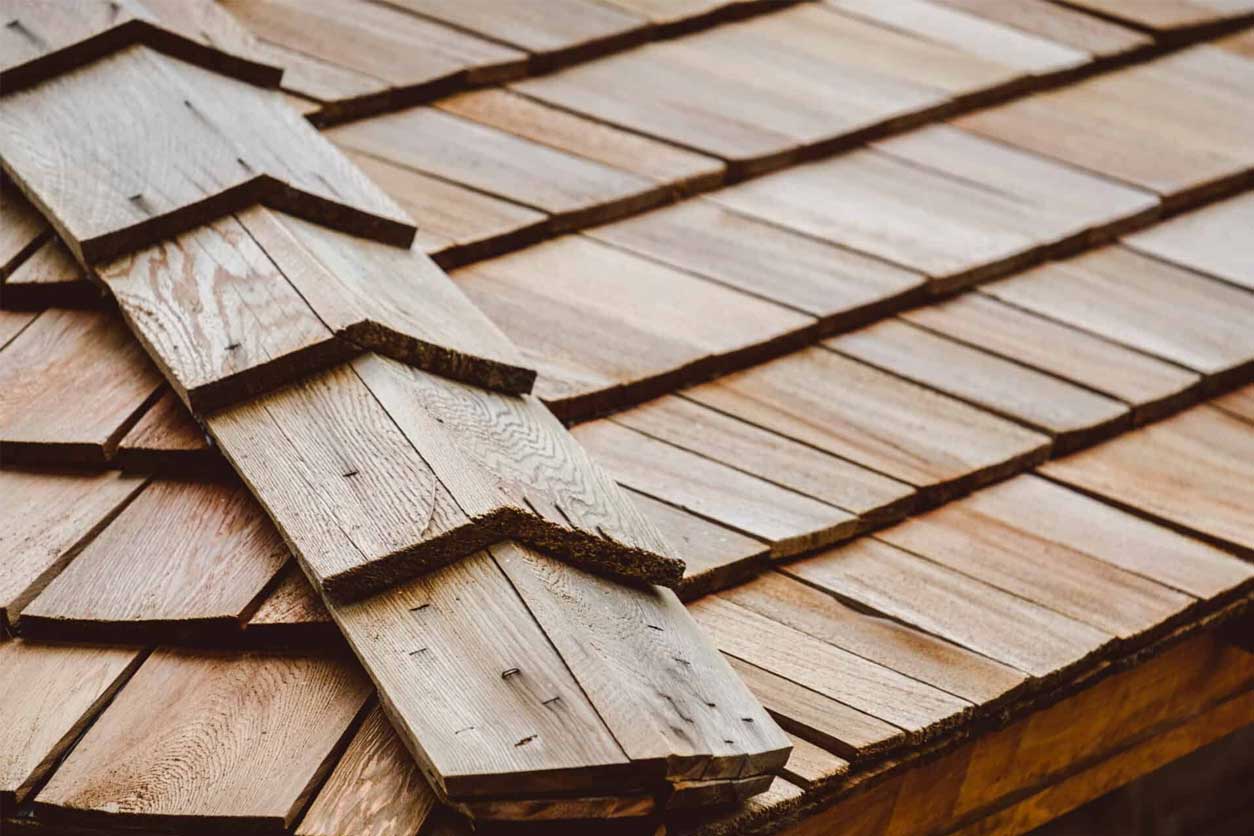
Wood Shake
LEARN MORE
